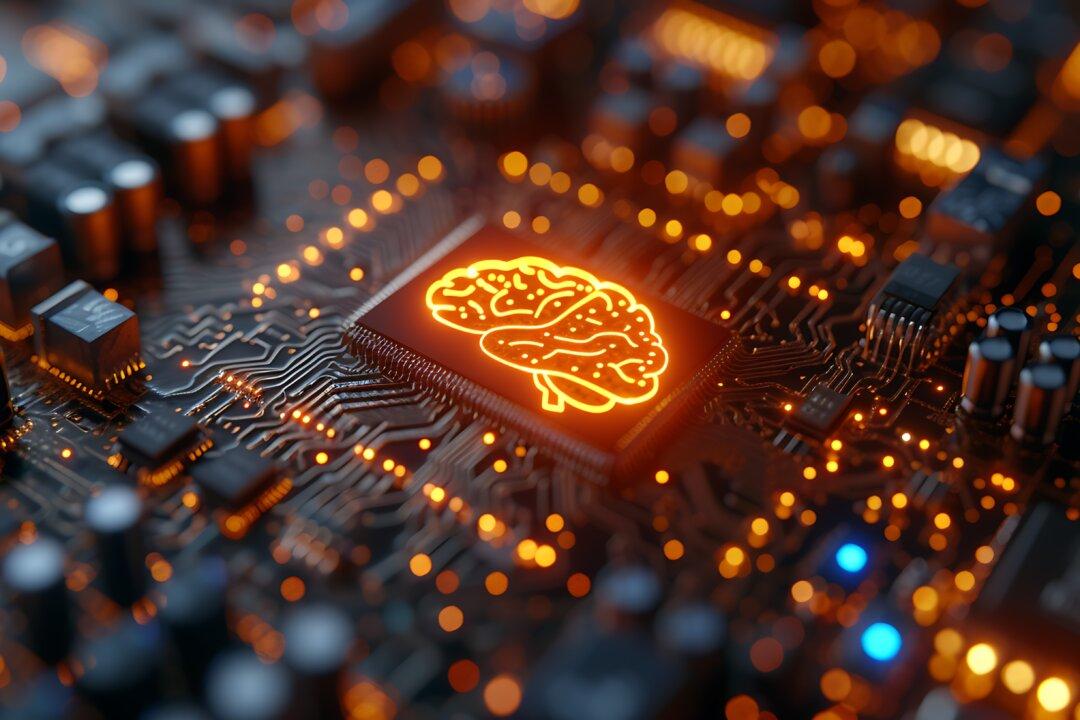Commentary
Even in its most conservative projections, AI-driven booms in electricity use are poised to provide a once-in-a-generation opportunity—and imperative—to secure our grid against PRC cyber attacks
OpenAI just closed the
largest funding deal ever by a private technology company, with nearly half of the $40 billion raised earmarked specifically for its
massive Starate data center project in Texas. This and other competing data center projects are expected to dramatically increase U.S. energy requirements as artificial intelligence companies race toward the development of models capable of
superintelligence. Unfortunately, after decades of near-zero growth in electricity demand, AI’s energy-guzzling training and inference requirements are shining a spotlight on the vulnerabilities of our aging power infrastructure.
Like many critical infrastructure sectors, our grid is increasingly a hodge podge of digital tools sitting atop an analog foundation that was never designed for the level of connectivity the modern world requires. The People’s Republic of China is exploiting the seams between these old and new technical paradigms to
plant digital time bombs on our infrastructure in anticipation of a potential conflict. Following the release of
DeepSeek’s remarkably capable AI models, it is now clear that China will be a more formidable competitor in the race to superintelligence than expected. As a result, Beijing is likely becoming even more motivated to hold our grid at risk, as suggested by a r
ecent paper on AI geopolitical strategy co-authored by Eric Schmidt.
If the strategic implications of artificial superintelligence are to be believed, our nation must generate massive new quantities of electricity to meet AI data center demands while simultaneously defending the assets generating that electricity from malicious cyber actors and other natural and man-made threats. This will require a historic transformation to a more flexible, resilient, and cyber-secure energy ecosystem.
The good news is this transformation is already underway, with fortification against attack coming from the unlikeliest of sources: the clean energy transition.
Next-generation energy and zero-carbon technologies—like advanced nuclear, solar, geothermal, and battery storage—are much more “digitally native” than legacy energy systems. Built to accommodate variable generation, distributed grids, and other sophisticated implementations, these technologies were designed from the ground up with software and connectivity at their core. That means clean tech can be
designed with modern security features and updated to be more defensible against future cyber threats, while many traditional power and industrial control systems are
difficult or impossible to secure.
Further, by rearchitecting our power infrastructure around distributed and digitally-enabled energy, the clean energy transition is creating a grid more capable of mitigating and, when necessary, recovering from an attack. This resilience is sorely missing in the current system—in 2003 a minor power surge in Ohio was able to cascade into a
blackout for the entire Northeast. In contrast, a modern and distributed grid will be able to quarantine such disruption—be it natural or malicious—and autonomously recover. By leveraging breakthroughs like high-voltage direct current transmission, battery storage, solar farms’ smart inverters, and even data centers with “behind-the-meter” nuclear plants, our power grid can become a
self-healing system.
To realize these transformative benefits, we need to update our infrastructure’s institutions alongside its technology. Only
10-20 percent of our electricity system is subject to federal cybersecurity oversight, requiring unprecedented public-private collaboration to ensure its defensibility. Traditional industry coordination bodies that facilitate this collaboration have been slow to add clean energy stakeholders to their membership, depriving them of insights into the United States’ largest source of new power generation. At the same time, clean tech’s newer market entrants too often bring with them naivete about national security risk—the kind of risk traditional energy stakeholders have decades more experience mitigating. Government and industry need to collaborate to make these infrastructure protection organizations more responsive to modern threats while ensuring their membership reflect the realities of a marketplace where
90 percent of all new electricity is coming from clean energy.
But these reforms will accomplish little without ensuring that historic investments in energy are accompanied with the security necessary to protect those investments. Rather than scaling back the recapitalization enabled by the Bipartisan Infrastructure Law and Inflation Reduction Act, lawmakers should focus on incorporating security provisions that leverage clean tech’s defensive advantages. The tech industry, whose AI ambitions are driving much of our electricity demand growth, also has a crucial role to play. Just as tech giants helped seed today’s clean energy marketplace by paying utilities a premium for carbon-free power in the 2010s, they should now use their purchasing power to drive enhanced cybersecurity practices across the energy sector. Their unique expertise in both navigating energy markets and building software defensible against global cyber threats makes them natural partners in securing our grid against mounting threats from Beijing.
The energy transition and AI revolution are fundamentally reshaping our relationship with electricity from the demand and supply sides simultaneously. Ambitious and novel energy projects, from Stargate to
Southern Company’s new Vogtle nuclear plant to Google’s combined
data center and solar energy industrial parks are helping advance this vision. If we make the right choices now—bringing security considerations into our infrastructure investments and enlisting the right partners in that cause—we can build an energy system that is not just cleaner and more abundant, but fundamentally more defensible than what came before.
Views expressed in this article are opinions of the author and do not necessarily reflect the views of The Epoch Times.




